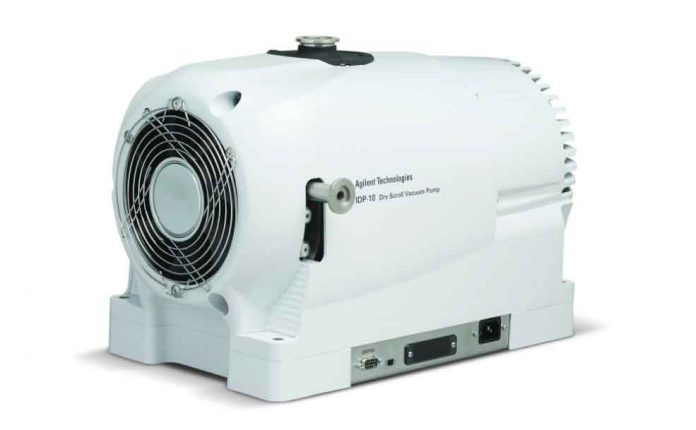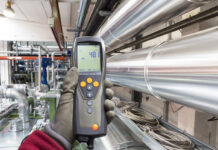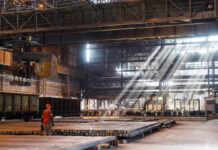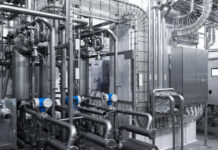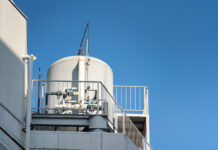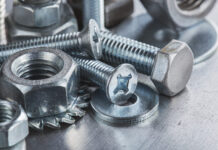Scroll Pumps, Turbomolecular pumps and Ion pumps today are the most popular vacuum technologies used in academic experiments, analytical instrumentation and industrial processes but the roots of vacuum technology can be found well back in the past. So let us take a look into how these wonderful devices, like those used for Vacuum packaging, were invented and improved throughout the years.

Medieval History
In 1613, Galileo Galilei was the one to propose and later prove that air has both mass and density. As a result, air was considered for the first time as a dense substance. This leads to the further hypothesis that air can somehow be removed from a given space. The Galilei experiment was performed by Gasparo Berti in 1640, then by Evangelista Torricelli in 1644. Torricelli used a glass tube about 1 m long and filled it with mercury. He sealed the open end of the tube with the tip of his finger, then flipped the closed end over. He then dipped the tube into a reservoir of mercury and removed his finger, allowing the mercury inside the tube to come into contact with the reservoir. The column of mercury in the tube is lowered 76 cm, measured from the liquid side of the container. The space left in the glass tube above the mercury is actually a vacuum. The mercury level is independent of the above mass. His work, known as the Torricelli Experiment, was the first successful attempt to create vacuum, convincing the scientific community of its existence.
In 1646, Blaise Pascal repeated Torricelli’s experiment by testing other liquids. His discovery made it possible to understand that the maximum height is inversely proportional to the density of the liquid used.
Around 1650, Otto von Guericke, one of the main vacuumists of his days generated vacuum by means of special equipment. After evacuating a sphere and leaving it intact for a few days, air began to seep into the sphere somehow. Investigation of the problem led to the discovery that air had penetrated the sphere, primarily through the pump pistons and valve seals. To combat this phenomenon, Guericke built a new pump that had parts sealed with water, an idea still used today by modern Rotary Vane Pumps using oil (instead of water) as sealing element.
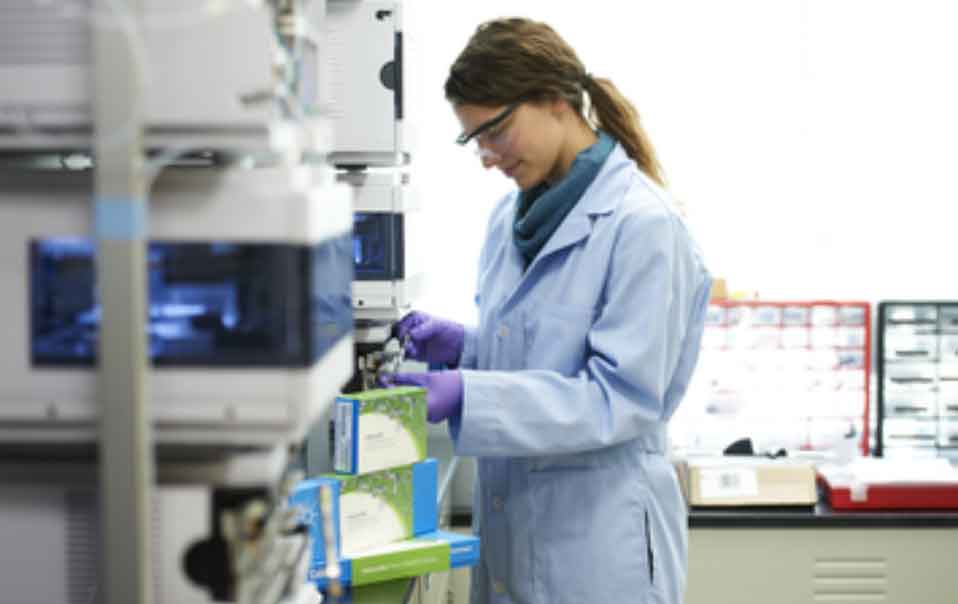
19th Century History
During the 50-year period from 1850 to 1900, the development of vacuum technology was driven first by the need for scientific research and then by the needs of the lamp industry. During this period, the achievable pressure was reduced by six decades and vacuum equipments became more and more sophisticated. For example, advances in sealing technology and the need for complete degreasing of equipment under vacuum have become apparent. The development of the kinetic theory of gases by Pieter von Clausing, James Clerk Maxwell, and Ludwig Boltzmann, as well as the invention of the vacuum gauge by Herbert McLeod in 1874, allowed the vacuum to be considered for the first time ever a measurable physical quantity.
In 1879, Thomas Alva Edison began using vacuum technology to produce his first lamp . Edison used a modified mercury drip pump while experimenting with his early inventions and eventually producing his first electric light, where less than 10-3 Torr pressure was needed .
20th Century

At the beginning of the 20th century, the use of vacuum pumps such as scroll pumps, as an industrial process emerged, thanks to the mass adoption of electric energy. The advent of radio and television, both of which relied on vacuum tubes, helped increase demand for vacuum devices.. The metallurgical advantages of vacuum treatment quickly became widely recognized. The first recorded industrial order for a vacuum furnace was in 1929 by Raytheon Corporation.
Two people had a profound influence on the industry during this period, namely Wolfgang Gaede in Germany and Irving Langmuir in the United States. Gaede invented the rotary mercury pump, and Langmuir worked on incandescent lamps filled with gas. As the nuclear age began in the 1950s, the development of even more complex vacuum applications followed. These developments in vacuum science and technology include high-energy particle physics, atomic energy, isotope separation, optical and microelectronic coatings, and heat-sensitive liquids (e.g. emulsions) image) and vacuum metallurgy (e.g. fusion).
Today’s vacuum applications in industry range from adhesion devices (such as suction cups) to the deposition of electronic circuits on silicon chips. Vacuum requirements are as varied as the specific processes using the vacuum. Only in the vacuum range between 1 Torr and the atmosphere, the number of applications leveraging on vacuum is huge and can include mechanical treatment, oil degassing, gas sampling, aqueous concentration, distillation, filtration, impregnation of components electricity, steel degassing, packing and vacuum forming. This type of vacuum pump technology is used in modern vacuum packing machines. Today the lowest vacuum achieved (on Earth) is 10-13 Torr and scientists continue to explore the field of vacuum technology. To learn more about vacuum technology and products as Turbomolecular pumps, Ion pumps, Scroll pumps, Rotary Vane pumps, Diffusion pumps, vacuum gauges and leak detectors , head onto to the Agilent Vacuum Technology website.


